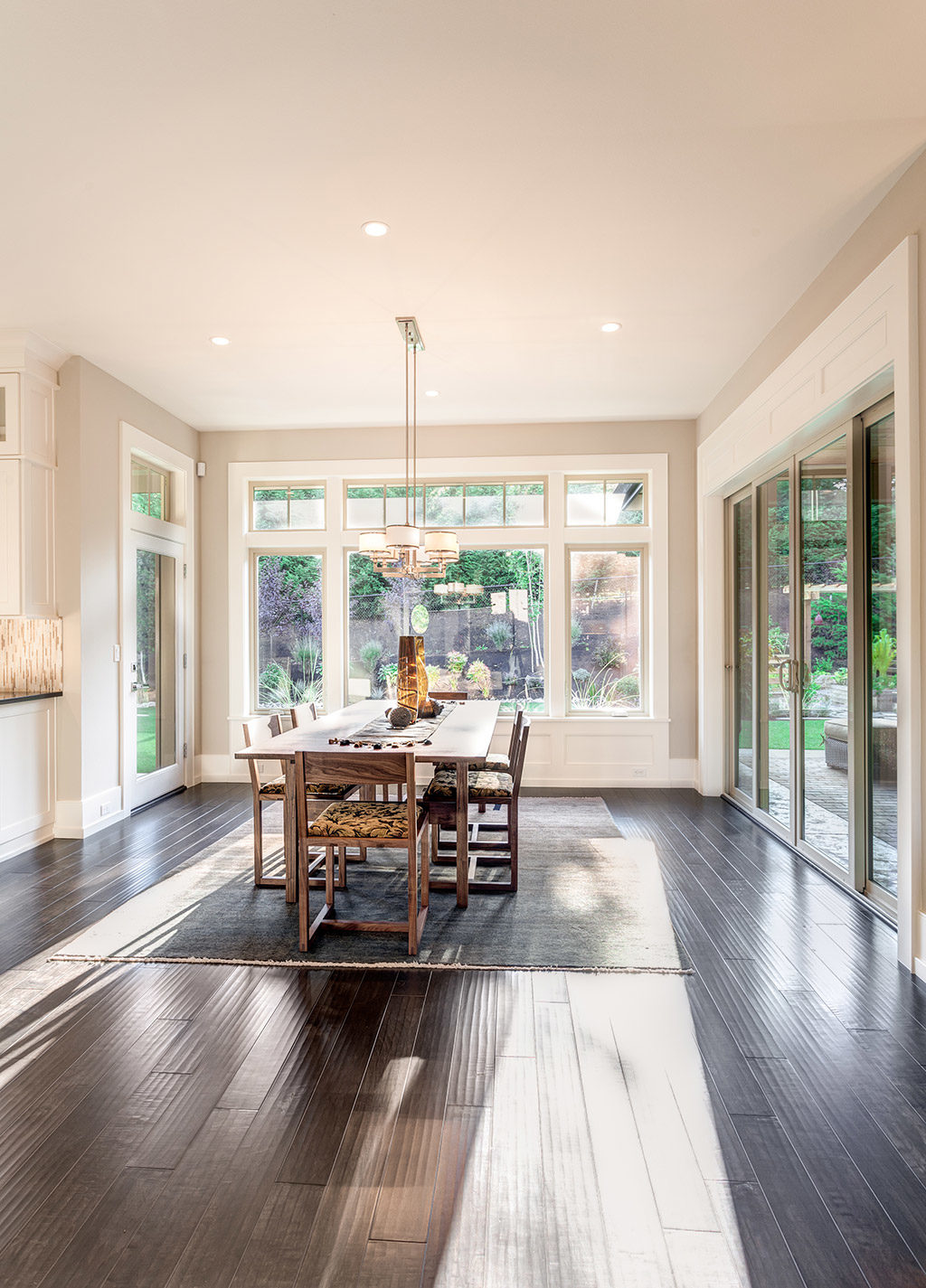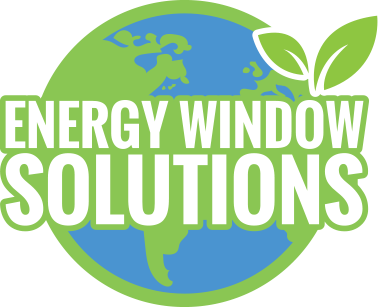
Energy Efficient Windows for Your House in Dallas Fort Worth
Energy efficient windows in Dallas Fort Worth are readily gaining popularity among homeowners in the area of Dallas and Fort Worth. It is a viable option for old, as well as, new houses. It is estimated that the heat gained and lost through the windows is responsible for up to 30 -35% of the heating and cooling energy used by the residential sector. The situation can be handled very efficiently by choosing the most efficient windows that are suitable for your climate.
This article explains all that one may want to know before investing in the energy efficient windows in Dallas Fort Worth.
Understanding the Label
The national fenestration rating council (NFRC) has designed an exclusive energy label to guide the individual buyers and contractors while looking for the best windows for their homes and business areas. It is advisable to go through this label carefully before ordering an energy efficient window in Dallas Fort Worth. This one small step can make a huge difference on how efficiently your windows will work to reduce the energy cost of your house.
To properly read and understand the label, it is important to know what the codes and numbers mean. First of all, you must be familiar with the U-factor. U-factor is used to indicate the heat loss from a building. Generally, the U-rating falls between the ranges of 0.20 and 1.20. If you are looking for better insulation, go for an energy efficient window having a lower U-rating. On the other hand, if the insulation properties of the window are not an issue then you can opt for a window that has a high U-factor.
Keep in mind that the insulating value of the window is indicated by the R-value, which basically is the inverse of U-value. Another important factor to look for is the solar heat gain coefficient, more commonly known as the SHGC. The value of SHGC indicated how well the window will work to block the heat from the sun.
In other words, it is the fraction of the incident solar radiation that is emitted through the window into your house. The range of the solar heat gain coefficient varies between 0 and 1. Just like the U-factor, the lower the value, better the performance. Meaning, a window having a low solar heat gain coefficient will transmit less heat and vice versa.
Next, you need to look for the Visible Transmittance value of your window. More commonly known as VT, the visible transmittance is an optical property that is used to indicate the amount of light that can be transmitted from your window. A VT value is expressed as a number between 0 and 1.
A high VT value shows that more amount of light can pass through the window; similarly, a low VT value indicates that the amount of visible light that is allowed to pass through the window is low.
Another important factor to take into consideration is the condensation resistance coefficient. The condensation resistance coefficient is used to measure the ability of the window to resist the formation of condensation between the layers of glass of the window.
Remember, double and triple pane windows have more than one layer of glass with either empty space or some special gas in between. Sometimes, due to a number of environmental factors, condensation can appear between these layers causing your window to look hazy.
The condensation resistance coefficient indicates the chances of appearance of condensation in your windows. This coefficient is expressed as a number between the values of 0 and 100. The higher the value of the coefficient, the better your window will be at resisting the condensation.
However, it is important to realize that this rating is not definite. It does not predict the appearance of (or lack of) condensation, instead, it simply provides a method for comparing the condensation potential of various windows.
Finally, look out for Air Leakage readings. It is usually expressed as the cubic feet of air passing through a square foot of the area of the window. In most cases, heat is gained or lost by infiltrating through cracks in the window assembly. Low air leakage readings indicate that your window is more energy efficient. Meaning, lower the air leakage value, lesser will be the amount of air that can pass through the cracks in the assembly of the window.
It is important to remember that the air leakage reading and the condensation resistance coefficient are optional. They are not mandatory and the manufacturer may not include these values in the list of the NFRC ratings of the window.
Apart from the NFRC ratings, it is also essential to consider the glazing and gas options in order to have a highly energy efficient home. According to the experts, homeowners should be able to specify the insulated glass unit (IGU) of the window that is manufactured by placing two or more layers of glass together while either leaving thermal space in between or filling the gaps with a gas like krypton or argon.
These gases are way denser than air and work as a protective barrier to prevent the harmful UV rays of the sun from entering your house. Similarly, IGU also prevents the conditioned air inside your home from escaping outdoors.
Irrespective of the type of window you wish to install in your house in Dallas Fort Worth area, keep in mind that an energy efficient window will work to reduce your utility bill only when it is purchased from and installed by experienced window experts like Energy Window Solutions. Contact them to receive the best window solutions installation services inDallas Fort Worth, TX at affordable prices.


